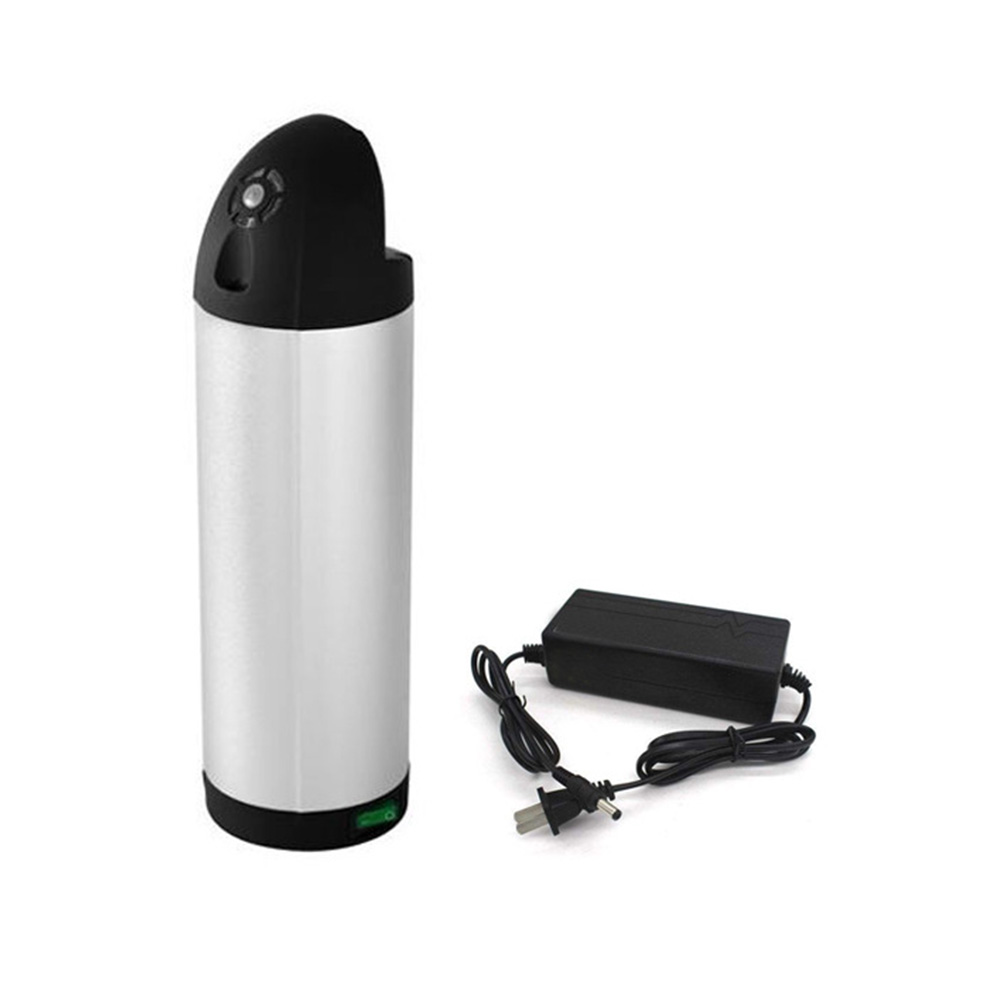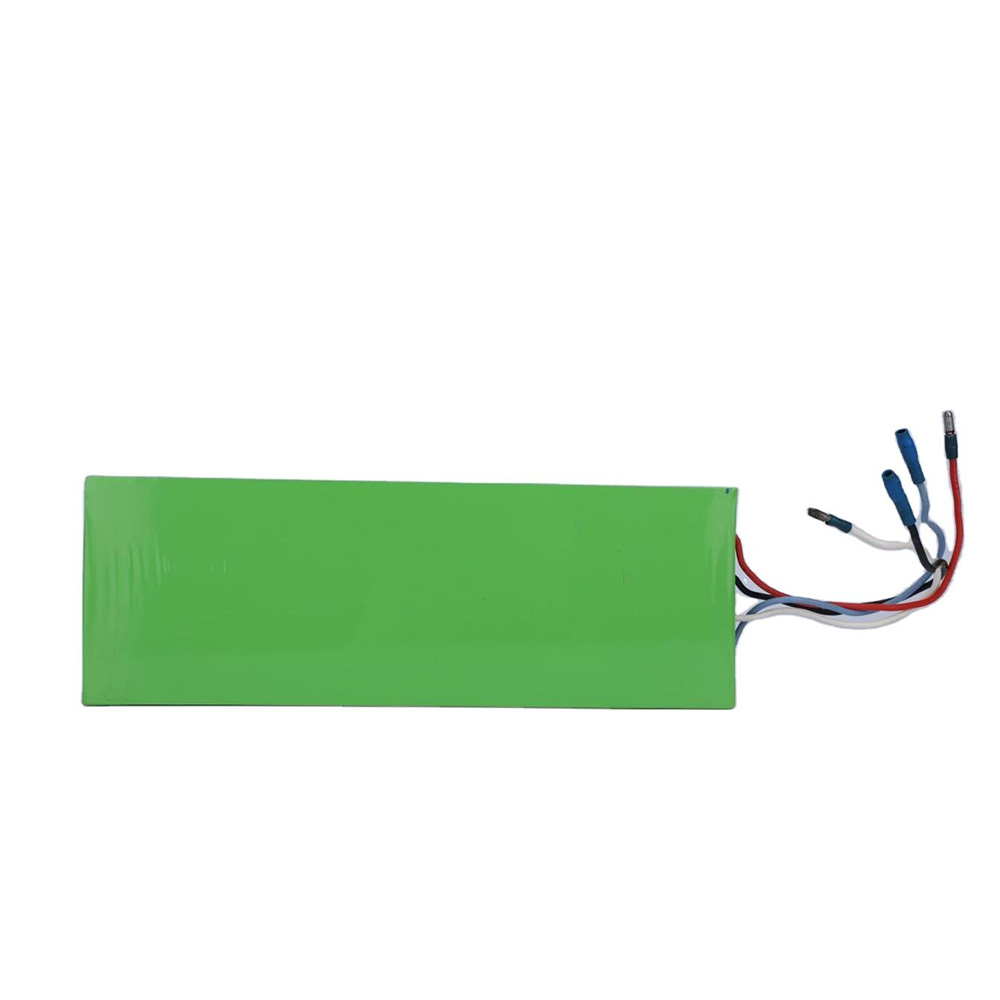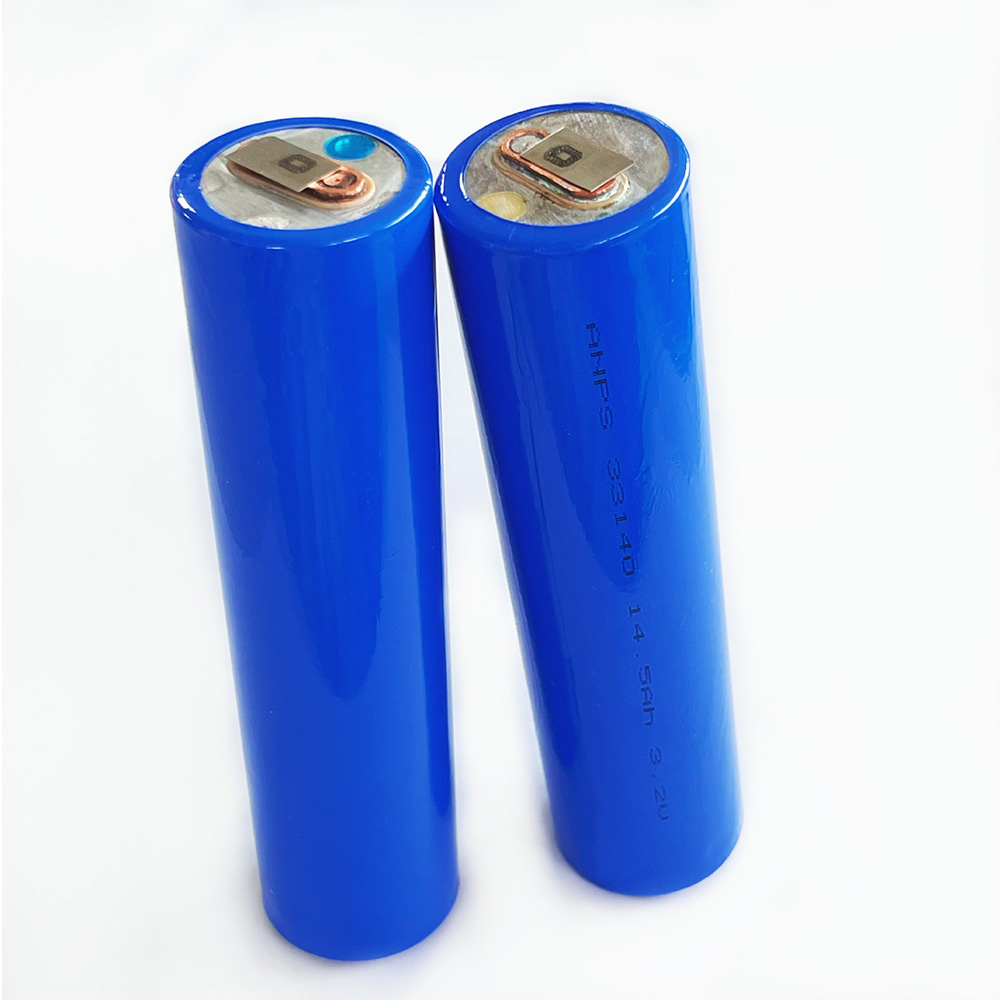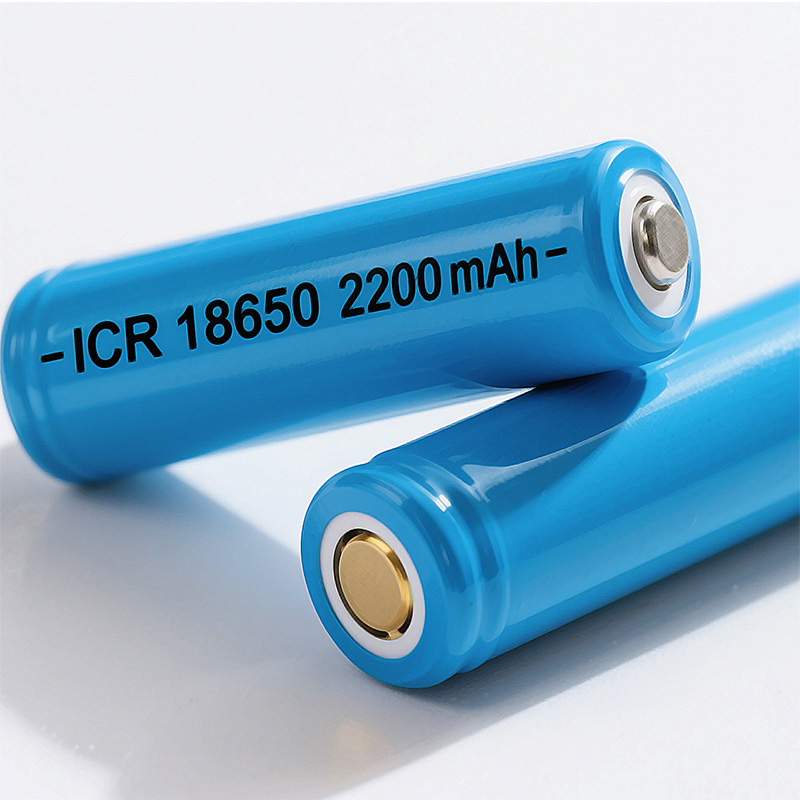Blog
Explore the Power of Lithium Innovation
Stay updated with the latest trends, technologies, and application insights in the world of lithium battery solutions
Search the whole station
Explore the Power of Lithium Innovation
Stay updated with the latest trends, technologies, and application insights in the world of lithium battery solutions
18650 battery was introduced in 1991 as standardized lithium-ion battery model designed to reduce production costs. Mass-produced by Sony, it was initially used in laptops, power tools, and other small electronic devices. The name “18650” refers to the battery’s dimensions: 18mm in diameter, 65mm in length, and the “0” indicates a cylindrical shape. This design strikes clever balance between volume and energy density, though it was primarily intended for compact electronics.

In 2016, 21700 battery was introduced and mass-produced. With significantly larger diameter of 21mm, its single-cell capacity increased to 5Ah. By increasing the size of the cell, the number of individual cells required in battery pack was reduced by 30%, effectively simplifying the battery pack structure. Compared to 18650 batteries, 21700 greatly reduces the number of cells needed, effectively lowering production costs and improving energy efficiency and range.

In both 18650 and 21700 cylindrical cells, “tabs” (metal strips) are welded from the positive and negative electrodes to connect the cell to the external circuit. In this design, current must travel from the edge of the electrode to the tab, leading to high localized current density. This can cause the battery to heat up, especially during fast charging. Tabs also occupy internal space and require additional welding, adding to the battery’s weight and cost. Moreover, the welding points between the tabs and electrodes are prone to detachment from vibration or expansion, or can suffer from oxidation over time, leading to poor contact and shortened battery life.
The internal resistance of a single-tab 21700 cell is about 30mΩ. The evolution from 18650 to 21700 batteries reflects abroader technological trend focused on increasing energy density, enhancing charging speed and safety, and reducing costs. With ongoing innovation, the future may bring solid-state batteries—or even miniature reactor batteries.

High-performance 36V 10Ah water bottle lithium battery for electric bikes. Lightweight 3.5kg, fast charging in 1.5–2 hours, safe & durable with up to 500 cycles. Ideal for commuting and long rides.

high-performance 18650 Battery 4000mAh, offering stable 24V power and deep cycle support. Perfect for electric scooters, power tools, and energy storage systems. Built-in safety protections ensure long-lasting, reliable performance.

Apsenx 33140 LiFePO4 battery cell (14500mAh, 3.2V). High capacity, long cycle life, safe chemistry. Ideal for ESS, EV, UPS, and solar storage.

Wholesale ICR 18650 2200mAh 3.7V lithium batteries with optional customized packs. Supports external wiring and various wire leads to meet your project-specific needs.
Discover how to select high-quality 18650 batteries with long cycle life, high energy density, and reliable safety features. Learn where to buy bulk 18650 batteries and how they compare to AA batteries in size, voltage, and performance.
View detailsExplore the 3.7V lithium-ion battery, its high energy density, low self-discharge rate, long lifespan, and common applications in electronics, EVs, and portable devices.
View detailsLearn how to charge custom lithium battery packs, including series and parallel connections, optimal charging methods, temperature considerations, and best practices for lithium-ion batteries.
View detailsLearn how to choose the best lithium iron phosphate (LiFePO4) battery for your trolling motor. Discover calculation methods for runtime, battery types, and advantages of lithium batteries for longer fishing trips.
View details
HelloPlease log in